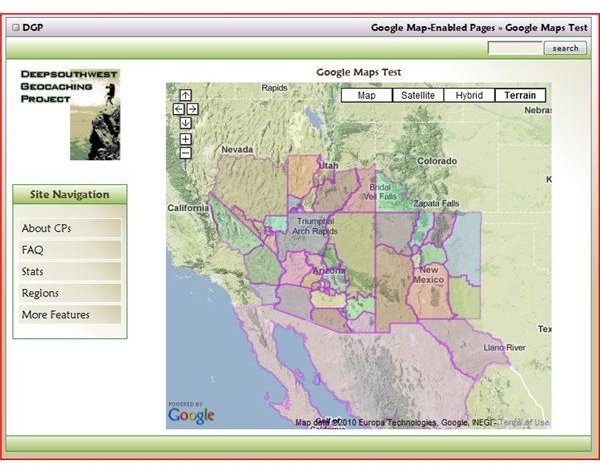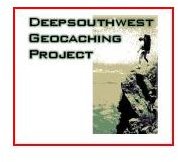What is The DeepSouthwest Geocaching Project (DGP)?
Good Old American Ingenuity Brought About by Laudable Efforts
Essentially the Deepsouthwest Geocaching Project (DPG) came up with its own brand of a scoring system that assigns points to specific caches based on the amount of times they’re found. It’s called the Challenge Point (CP) System. As most geocachers know, the traditional scoring system found on Geocaching.com, awards one point for each cache found, whether it was an arduous physical or mental challenge to find or not. The DPG found something awry with that point system, so they created one to suit their own theories.
But as long as we’re highlighting this vast and stoically beautiful southwestern territory within our great nation, because you’re obviously interested in opportunities there, you should take a gander at Popular Geocaching Spots in the Imperial Valley of California. Fans of intriguing natural wonders and unique geological features might like a few of the geocache sites highlighted there. The Spanish wandered that area in the 1500s, but if you happen to find any valuable Doubloons there, they’re mine (they fell out of my pockets), so please return them to me. But more importantly, some of your cache finds may also count toward winning points for the Deepsouthwest Geocaching Project.
So the DPG proffers something called the Effort Avoidance Theory (based on a slightly dismal assessment of human behavior), which basically states that most cachers will try and find the easiest caches (the cache-and-dash variety) to rack up points quickly. But in a nut shell, the CP system awards fewer points for the most found geocaches under the assumption that the least found caches are much harder to find. Therefore, cachers will be awarded for their efforts and accordingly venture further into the nether regions of the “Deep” South West.
Hardscrabble Southwestern Spartans

I’ll provide a link at the bottom of this article to the official website for the DPG which explains the CP point system in great detail. The DPG territory includes Nevada, Utah, Colorado, New Mexico, Arizona, and a small portion of the part of California that’s in the same neighborhood. The map image shown here delineates the DPG boundaries. On their site, you can use this Google Maps function to zoom in closer for cache locations.
One of the main points of the DPG is to encourage geocachers to go farther afield, as opposed to the easy ones right off the road or under a lamp post. For a quick rundown on the characteristics that make for a really demanding cache hunt, read The Most Physically Challenging Geocaching Sites. You’ll learn how to spot these sites on Geocaching.com using the star system, meaning five stars is the most difficult to find.
The DPG is responsible for tallying a lot of statistics about caches in the region. From the most found caches to the least found, the data is on their website. In fact, those statistics are used to determine the point value which has more points awarded for caches that are found less. In order to be rated on the DPG website, you must have at least 20 finds and 200 Challenge Points. So if you want to get involved and get yourself, or your team, on the leader board, you’ve got a lot of caching to do and the easy finds won’t bring in a lot of CPs. For all the details to help you become familiar with this unique twist on completive caching, visit the official Deepsouthwest Geocaching Project website.
